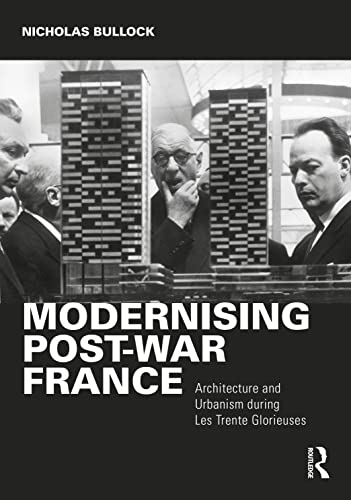

Most ebook files are in PDF format, so you can easily read them using various software such as Foxit Reader or directly on the Google Chrome browser.
Some ebook files are released by publishers in other formats such as .awz, .mobi, .epub, .fb2, etc. You may need to install specific software to read these formats on mobile/PC, such as Calibre.
Please read the tutorial at this link: https://ebookbell.com/faq
We offer FREE conversion to the popular formats you request; however, this may take some time. Therefore, right after payment, please email us, and we will try to provide the service as quickly as possible.
For some exceptional file formats or broken links (if any), please refrain from opening any disputes. Instead, email us first, and we will try to assist within a maximum of 6 hours.
EbookBell Team

5.0
30 reviewsThis book is about the role played by architects, engineers and planners in transforming France during the three post-war decades of growing prosperity, a period when modernisation was a central priority of the state, promising a way forward from the shame of defeat in 1940 to a place at the centre of the new Europe.
The first part of the book examines the scale of transformation, showing how architecture and urbanism both served the cause of modernisation and shaped the identity of the new France. Mainstream modernism was co-opted to the service of the state, from major public buildings to Gaullist plans for the transformation of Paris to establish the city as the ‘capital’ of Europe.
By contrast, the second part of the book explores the critique of state-sponsored modernisation by radical architects from Le Corbusier to the young Turks of the 1960s such as Georges Candilis and the students who attacked the banality of mainstream modernism and its inability to address the growing problems of France’s cities. Following May 1968, the Beaux-Arts was closed, the Grand Prix de Rome, symbol of the old order, abolished – for a while the establishment might continue as before, but progressive architecture was set on a new course.
Beautifully illustrated and written to be accessible to all, the book sets the discussion of architecture and urbanism in its social, political and economic contexts. As such, it will appeal both to students and scholars of the history of architecture and urbanism and to those with a wider interest in France’s post-war history.